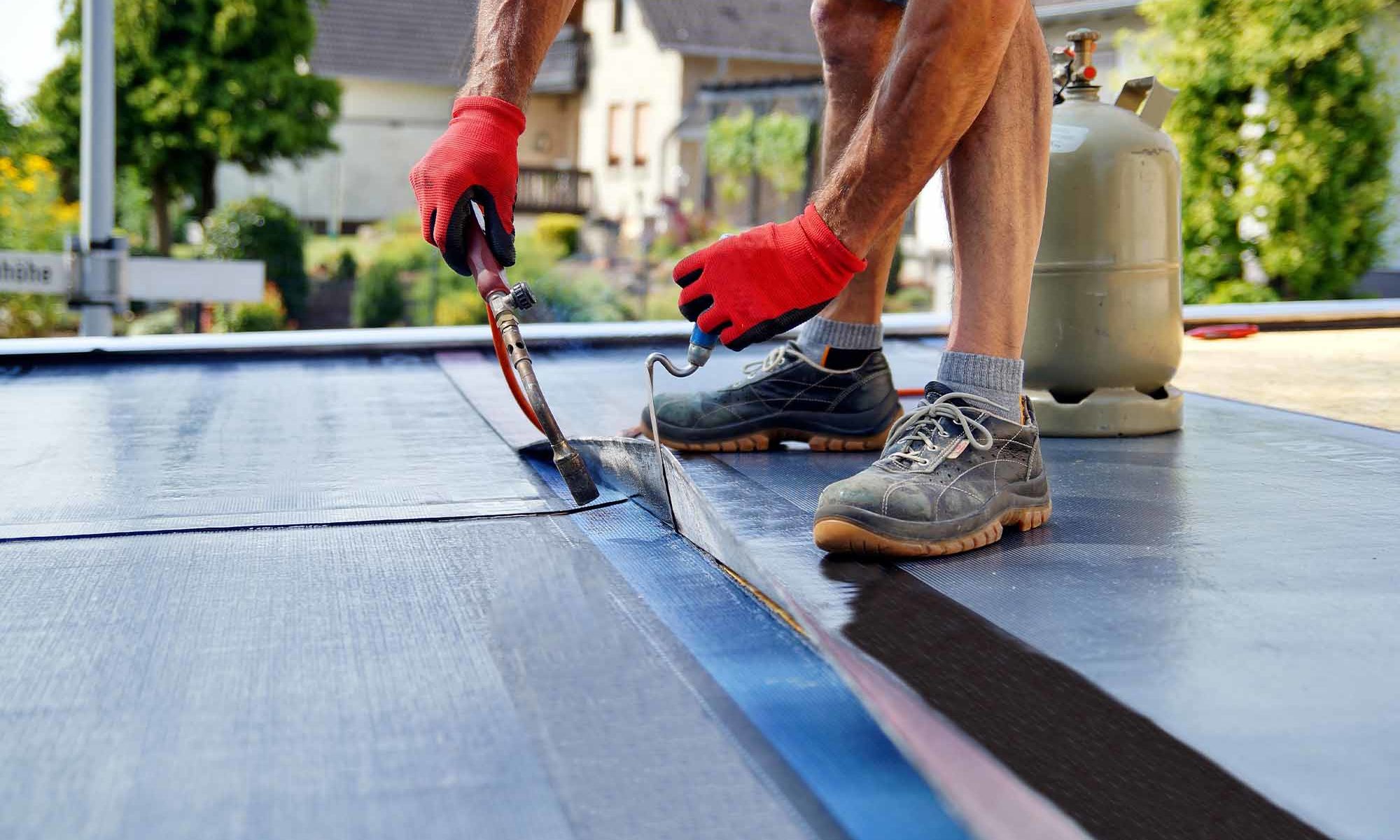Buildings and structures do their best to keep out the elements. They protect against water, moisture, and wet weather conditions. However, the environment around a building tends to force itself inside. Here’s how to spot potential problems and what waterproof building materials you might need.
Signs That You Should Consider Waterproof Building Materials
There are many signs that warrant the need for waterproof building material.
Condensation Forming
A sign that water is getting into your building is condensation, a buildup of moisture upon a surface (walls, floors, windows). If you can wipe your finger on a surface and it’s wet, water is finding its way into the building.
Black Spots
Moisture is a breeding ground for molds and mildews that can harm a building’s inhabitants. If you are finding black growth on surfaces, this is a sign of unwelcome moisture.
Cracks
Water erodes rock, cement, and other mineral-based materials. An inflow of moisture can create gaps in your floor, wall, or foundation, which will require masonry restoration.
Sinking Foundation
As mentioned above, water can deteriorate mineral-based materials. If water is allowed to pool around your foundation, it can eat away over time, causing it to sink.
Musty Smell
Any unpleasant smells in your building can indicate molds, mildews, and other growths, meaning excess moisture is present.
Increased Humidity
High moisture levels can be an invisible sign of improper waterproofing. If the air in an area of your building feels wetter than usual, excess water could be the culprit.
Pooling water
If water is pooling around your building, foundation, or roof, you need immediate action. Leaking, deterioration, and structural damage will eventually impact your building if left untreated.
How To Waterproof Your Building
If you’ve noticed any potential signs of water damage, you should start thinking about waterproofing your building. If you prefer to be proactive, you can take action now to prevent future problems. But there are so many components of a building that could benefit from thorough waterproofing. How do you know which ones need attention? Here are the main interior and exterior areas affected by water damage and waterproof building materials that can remedy current or future leaks.
Waterproofing On Floors
Floors often need waterproofing precautions because they are flat, ideal places for water to pool, especially below-ground flooring.
Bituminous membrane, commonly associated with asphalt, is a sleek, viscous substance perfect for sealing floors, roofs, and basements. There are many different ways to apply a bitumen seal, including torch-applied bitumen, self-adhesive membrane, and self-adhesive tape. Depending on the area or structure that needs waterproofing, each sealant has its advantages.
Cementitious coating, a cement-based sealant, is another great way to waterproof floors. This waterproofing building material sticks to concrete, steel, and other hard surfaces, protecting them from moisture and certain harmful chemicals. Rubberized asphalt is another viable option if you need to seal cracks or tears on your floor.
Repairing, maintaining, and waterproofing your commercial space can be difficult. Water damage should be appropriately addressed, and with Simpson Unlimited, a dry foundation is one click away.
Waterproofing On Walls
The building envelope, the encasing around a home that separates the exterior from the interior, is always in danger of water damage. Ground and earth constantly squeeze a building’s foundations, pressing water against surrounding structures. High moisture concentrations and a low dew point can cause water to seep into a structure, damaging its walls.
You can apply the flooring waterproofing options listed above to walls as well. If your walls only require a small amount of sealant, caulking can seal tiny crevices around windows and the creases between floors and walls.
A waterproof coating is a smart option if you want a more aesthetic solution. Water-based paint, or waterproofing paint, can be used on exterior or interior walls. This type of paint is UV resistant and doesn’t chip and crack as much as oil-based paints.
Waterproofing On Roofs
Roofs often take the brunt of rainfall and falling water. Because of this, many waterproof building materials are specifically made for roofs. Roofing materials are an excellent defense against wet weather, but sometimes they get worn down and porous, especially flat roofs.
There are various coats and paints for waterproofing roofs. EPDM rubber liquid is a prime choice among roof coatings as it’s easy to apply and helps waterproof the roof’s surface. There are a wide variety of waterproofing building materials for metal surfaces and roofs. Anti-condensation paint for metal roofs protects against water damage and rust, making them perfect for exterior roofing.
Choose Simspon Unlimited To Waterproof Your Commercial Space
Simpson Unlimited has been waterproofing commercial buildings for nearly thirty years in the Washington D.C., Maryland, and Virginia metropolitan area. We provide quality waterproofing products, waterproof building materials, and other types of waterproofing materials to ensure your commercial space stays dry year-round. With a dedicated team of restoration experts, we can address, fix, and maintain your commercial structure’s waterproofing needs. Contact us today to explore your commercial waterproofing options.
